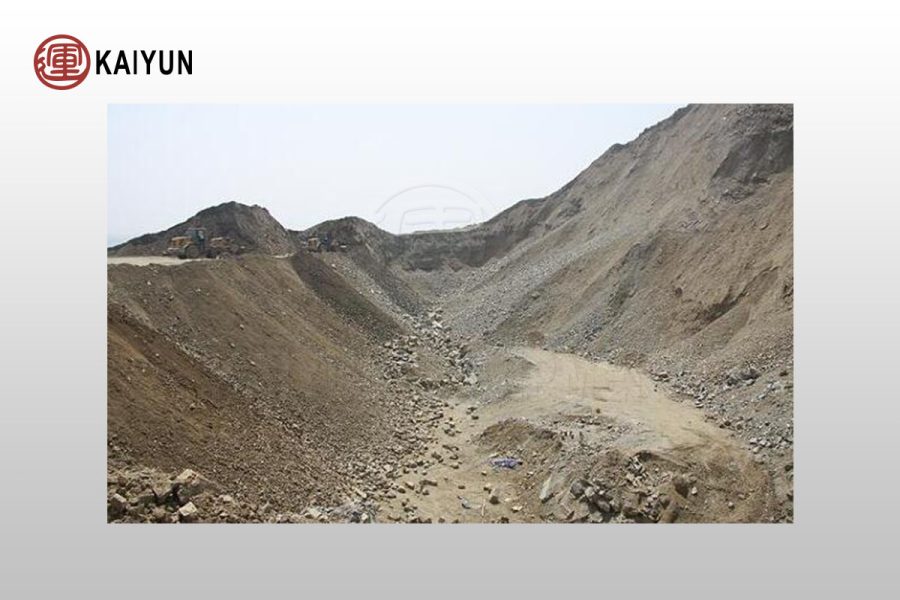In the mining industry, tailings recovery has become a hot topic that combines both economic and environmental value. After conventional mineral processing, a considerable amount of valuable metals – especially residual gold -often remain in the tailings. With advanced technology, these tailings can be reprocessed to recover gold and other valuable minerals, while also contributing to tailings resource utilization and environmental governance.

Residual Gold in Tailings – A Hidden Resource
During traditional ore beneficiation and gold extraction, processing efficiency is limited by technology, leaving part of the gold locked in fine particles or difficult-to-leach minerals. Studies show that in many mines, gold recovery from tailings can still achieve significant economic returns if treated with methods like:
1.CIP/CIL technology for cyanide leaching
2.Centrifugal concentrators for fine gold recovery
3.Shaking tables and gravity separation equipment
By targeting residual gold in tailings, mining enterprises can increase overall recovery rates and improve profitability.
Resource Utilization and Environmental Governance
Tailings are not only potential resources but also major environmental concerns. Improperly managed tailings ponds may cause soil, water, and air pollution. Through tailings reprocessing and reuse, mining companies can:
1.Reduce the volume of hazardous waste
2.Reclaim valuable metals and minerals
3.Reuse treated tailings in construction materials or backfilling
4.Support sustainable development and meet environmental regulations
This dual benefit of economic recovery and ecological protection makes tailings recovery a key direction for the modern mining industry.
Advanced Equipment for Tailings Recovery
Modern equipment has greatly improved the efficiency of tailings reprocessing. Centrifugal gold concentrators, for example, are widely used in Africa, South America, and Asia for fine gold recovery from tailings dams. These machines feature:
1.High recovery rate for ultra-fine gold
2.Low water and power consumption
3.Easy operation and portability
Such technologies not only maximize gold extraction but also help reduce the environmental footprint of mining operations.
Conclusion
The future of mining is inseparable from tailings recovery and reuse. By focusing on residual gold extraction and tailings resource utilization, companies can achieve both profitability and sustainable environmental management. For mining investors and operators, adopting advanced tailings reprocessing solutions is no longer an option—it is a necessity for competitiveness in the global market.